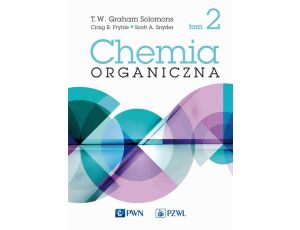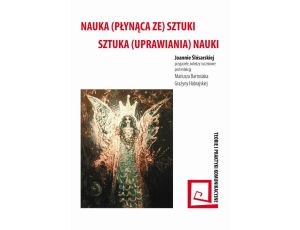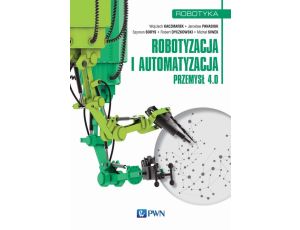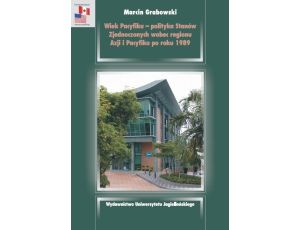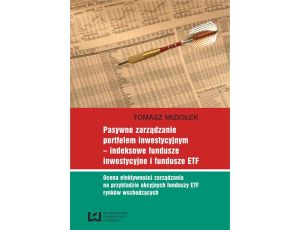The present study provides a detailed account of first instar morphology for the subfamily Miltogramminae. The larvae of 72 European species are described and illustrated. Documentation of larval morphology for 52 species is published for the first time. Material was obtained by keeping wild-caught females under laboratory conditions or by dissecting dry specimens from museum collections. Larvae were subsequently prepared for analysis by light and scanning electron (SEM) microscopy.
Several relative measures were used to define the shape of the following structures: antenna, antennal dome, antennal basal ring, first sensillum basiconicum of maxillary palpus, labrum, intermediate sclerite and basal sclerite. For each species, morphology was analyzed in detail for all body segments. Morphological characters of larvae were illustrated as black and white drawings, microscope slide photographs and SEM images. Unusual morphological variability was observed with regard to most characters and several structures that are entirely unique among the Oestroidea are described for the first time. Cuticular sculpture and elongation of the first sensillum basiconicum of the maxillary palpus (mentioned previously as possible apomorphies in the subfamily) are present in almost all of the described larvae. For 20 species the presented data were compared with descriptions in the earlier literature. This comparison revealed several discrepancies, mainly regarding the interpretation of shape for particular elements of the cephaloskeleton, or the presence of cuticular structures.
Morphological variability of first instar Miltogramminae is discussed in light of current knowledge on morphology of the early preimaginal instars in the Oestroidea superfamily. According to general evolutionary trends in higher Diptera, from saprophagy to parasitism or predation, the set of seven plesiomorphic larval characters is defined. Among the Miltogramminae, the first instar of Phyllotelini bears the highest number of these characters. In contrast to an earlier hypothesis, the saprophagy of various buried resources is suggested in the present work to be the ancestral life habit of the whole subfamily. First instar morphological data are in many points in conflict with current systematics of the taxon,which emphasizes the necessity of further research on the systematics and phylogeny of Miltogramminae.
Cechy
| Rodzaj: | e-book |
| Format pliku: |
|
| Autor: | Krzysztof Szpila |
| Język publikacji: | polski |
| Rok wydania: | 2010 |
| Miejscowość: | Toruń |

